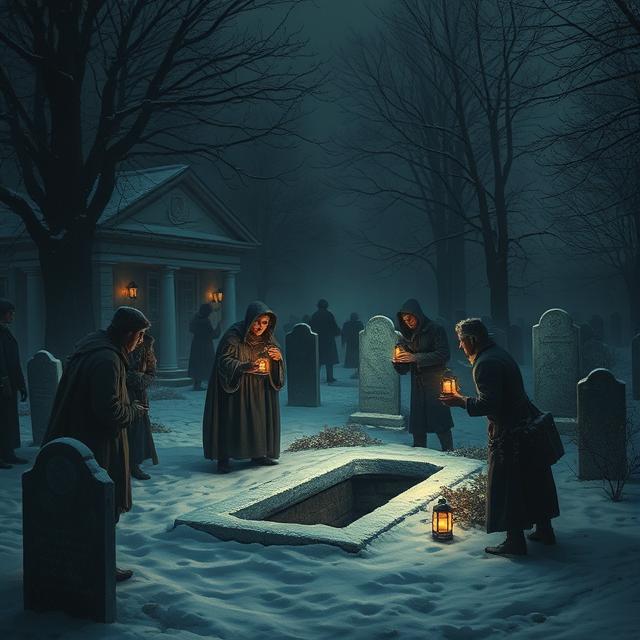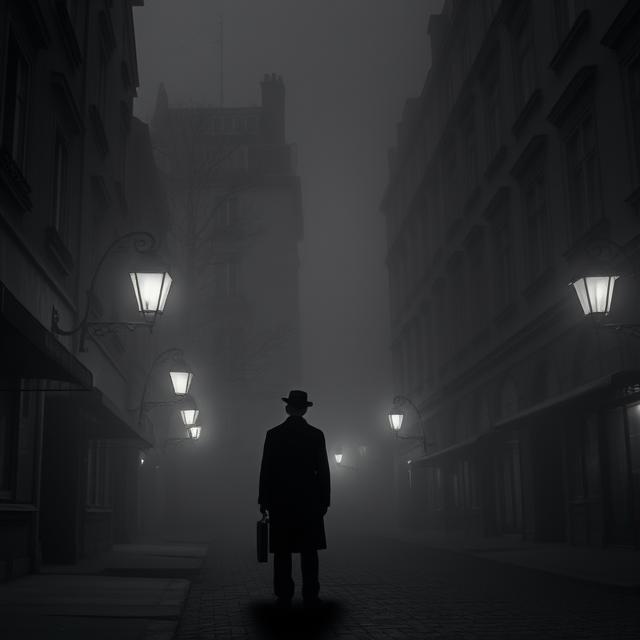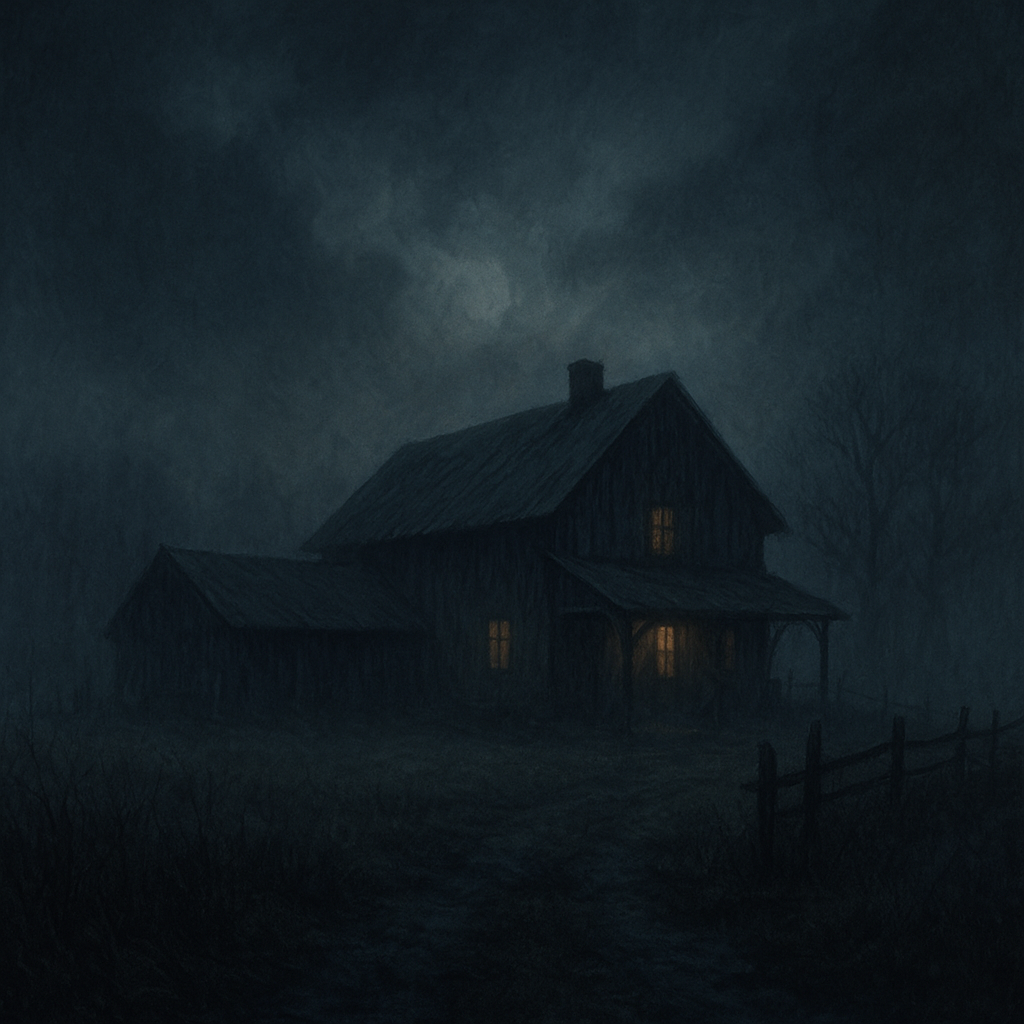Long before the glitz and gothic romance often associated with vampire lore, a different kind of fear gripped the communities of 19th-century New England. It wasn’t the aristocratic undead of European folklore that stoked this terror, but a more localized and visceral belief: that consumption, or tuberculosis as we now know it, was being spread by the lingering life force of the deceased. This fear manifested in a series of bizarre and unsettling practices, including the exhumation of recently buried bodies and the ritualistic removal and burning of their hearts, all in a desperate attempt to protect the living from these perceived “vampires.” This “Vampire Panic” of New England offers a fascinating and often overlooked glimpse into the intersection of folk beliefs, disease, and the human response to the unexplained.
The 19th century was a time of significant upheaval and uncertainty, even in the relatively established communities of New England. While scientific understanding was advancing, many aspects of disease and death remained shrouded in mystery for the average person. Tuberculosis, in particular, was a scourge, a wasting illness that could decimate families slowly and seemingly inexplicably. Its symptoms – fatigue, weight loss, persistent cough, and sometimes blood-tinged sputum – often led to misinterpretations rooted in folklore.
In this context, ancient beliefs about the dead exerting influence over the living found fertile ground. The idea that the recently deceased could drain the life force of their surviving relatives, particularly those exhibiting similar symptoms, took hold in some communities. This wasn’t the Transylvanian count rising from his coffin, but a more insidious, unseen draining of vitality.
One of the most well-documented cases that exemplifies this “vampire panic” is that of the Mercy Brown Vampire Incident in Exeter, Rhode Island, in 1892. The Brown family had been ravaged by consumption. First, the mother died, followed by two of her daughters. When the youngest daughter, Mercy Lena Brown, also succumbed, the father, George Brown, was persuaded by local villagers to exhume the bodies. Their reasoning was rooted in the belief that one of the deceased was somehow drawing the life from the living, specifically George’s surviving son, Edwin, who was also ill with consumption.
The exhumation took place in the frigid winter. The bodies of the mother and one of the daughters were found to be in advanced stages of decomposition, as expected. However, when Mercy’s body was exhumed, several weeks after her death, her appearance was strikingly different. Due to the cold weather and the fact that she had been buried in a metal-lined coffin, her body was relatively well-preserved. Liquid blood was even found in her heart.
To the terrified villagers, this lack of decomposition was not a natural occurrence but proof that Mercy was undead and was the “vampire” draining Edwin’s life. In a chilling ritual, Mercy’s heart was removed and burned on a nearby rock, and the ashes were mixed with water and given to Edwin to drink. Tragically, this gruesome act did not save him; he died a few months later.
The Mercy Brown case is perhaps the most famous, but it was not an isolated incident. Similar exhumations and heart-burning rituals occurred in other parts of New England throughout the 19th century, particularly in Rhode Island, Connecticut, and Vermont. These events, often driven by fear and desperation in the face of a poorly understood disease, highlight the power of folk beliefs in a time when medical knowledge was still evolving.
In Vermont, for example, there are accounts of families exhuming multiple deceased relatives to identify the “vampire” believed to be causing consumption in the living. The criteria for identifying the undead often included a lack of decomposition or the presence of what appeared to be fresh blood.
Connecticut also saw instances of this practice. In the town of Griswold, the exhumation of members of the Ray family in the late 18th and early 19th centuries reflects similar fears and rituals aimed at stopping the spread of consumption.
It’s important to understand the cultural context that allowed these beliefs to flourish. Superstitions about the dead and their potential influence on the living were deeply ingrained in many communities. When faced with a disease as devastating and mysterious as tuberculosis, people often turned to traditional beliefs and practices for explanations and solutions.
The role of folklore and oral tradition in perpetuating these beliefs cannot be overstated. Stories of the dead returning to harm the living were common in many cultures, and in the absence of clear medical explanations, these tales provided a framework for understanding and attempting to combat the spread of consumption.
The “vampires” of the New England panic were not the glamorous or seductive figures of later fiction. They were the recently deceased, believed to be drawing the life force from their kin through some unseen, malevolent connection. The rituals performed were not about staking or garlic, but about identifying the “undead” body and destroying its heart, the supposed seat of its lingering vitality.
As medical understanding of tuberculosis improved in the late 19th and early 20th centuries, the “vampire panic” gradually subsided. The discovery that the disease was caused by a bacterium, Mycobacterium tuberculosis, and was spread through the air, provided a scientific explanation that eventually replaced the folk beliefs.
However, these incidents remain a fascinating and somewhat unsettling chapter in American history, a testament to the power of fear and the human need to find explanations, even supernatural ones, for the mysteries of life and death. The shadows in the graveyards of 19th-century New England held a unique kind of terror, one born not of fiction but of the very real and devastating impact of a deadly disease, filtered through the lens of age-old superstitions. The exhumed bodies and the burned hearts stand as silent witnesses to a time when the line between the natural and the supernatural blurred in the face of the unknown.
Want to explore the shadows even deeper? For more chilling cases like this, visit SinisterArchive.com, where the legends are real.




